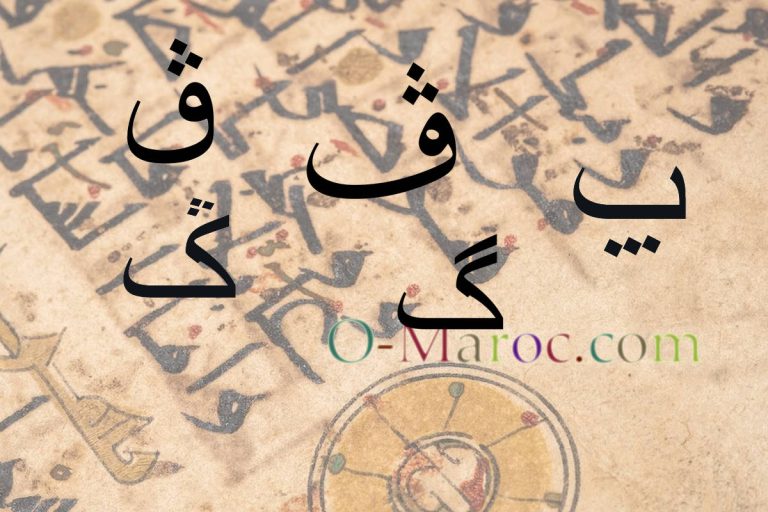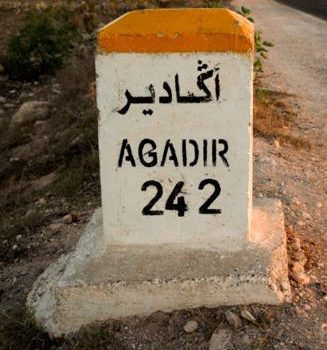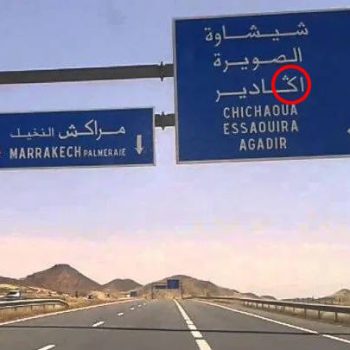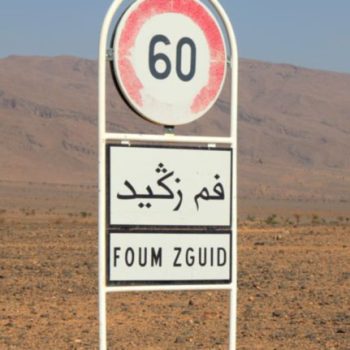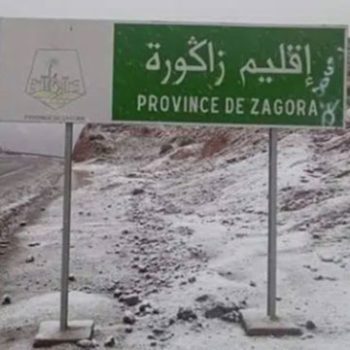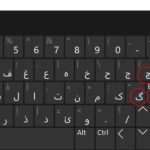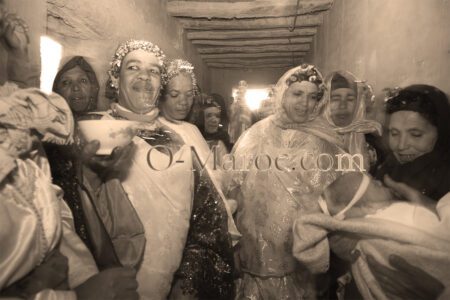The Arabic alphabet does not include a number of letters. For example, there is no G, P or V.
So how can we transcribe ‘foreign’ words that contain these letters?
I put ‘foreign’ in quotation marks because many of these words are actually local. For example, the name of the city of Agadir in Morocco. The need also exists for non-Arabic languages written with Arabic characters, such as Persian, Uyghur or Tamazight.
I had already touched on this subject in the post on Arabic logos without including an image showing the additional letters.
Jim, Djim, Guim : Moroccan Darija and Masri (Egyptian dialect)
It all started during a discussion on X, where a Moroccan complained that his language was being ‘Algerianised’ by French people who pronounce “djellaba”, ‘djebel’, etc., whereas, according to him, the correct pronunciation of the letter jim would be without the initial d.
Well, bad luck, because in reality the pronunciation ‘dj’ is that of standard Arabic (fusha) and it is Moroccan Arabic that deviates from the norm. But not always! For example, an Arabic speaker will always say “darija” and not ‘daridja’ for دارجة .
But when looking up how to pronounce, in the ‘absolute’ sense, the first name جمال , Jamel or Djamel, I came across the Wikipedia page for Nasser, whom everyone calls Gamal Nasser: جمال الناصر . (Note also the transcription with an A at the end instead of an E in the rest of the Maghreb).
Yes, because in Egyptian, jim is pronounced ‘Gu’. “Always”. Or almost always. Because Egyptian also needs the ‘J’ sound. And in this case, it uses another letter, a jim with three dots underneath: ݘ
The P and V in Egyptian
Two other letters are used by Egyptians, with the same system of adding dots ( إِعْجَام or l’jam) to existing basic forms:
- the ‘V’ is rendered with a Fa surmounted by three dots, like this: ڤ
- the ‘P’ is rendered with a Ba with three dots underneath, like this: ݒ
The V is used in Moroccan Arabic, but the P is hardly ever used and is transcribed as a normal Ba, pronounced B.
Agadir, Zagora, Figuig, etc.: the ‘G’ in Moroccan is Amazigh.
The strong presence of the letter G in Moroccan place names comes from Tamazight (where the letter ⴳ is used).
Morocco chose to use the Kaf with three dots above it: ݣ rather than the Kaf with a slash above it گ . It is called Gāf. Elsewhere in the Maghreb (Algeria and Tunisia), the Qaf with three dots is used instead: ڨ .

Although Wikipedia mentions the spelling with the Gāf, the Kaf with three dots is generally used, at least on motorway signs.
Although the spelling without dots or slash is also sometimes found:

The Moroccan ‘V’: Vitalya, mineral water from Oulmès
I recently saw a ‘V’ for the Vitalya mineral water brand. A Fa with three dots is used, like this ڤ . Not to be confused with the Qaf with three dots used for G in Algeria and Tunisia! In fact, these two countries use a version with the three dots below ڥ !

One could also write Volvo ڤولڤو or Land Rover لاند روڤر with this letter, but these brands do not Arabise their logos. I just found this cap sold in the United Arab Emirates.
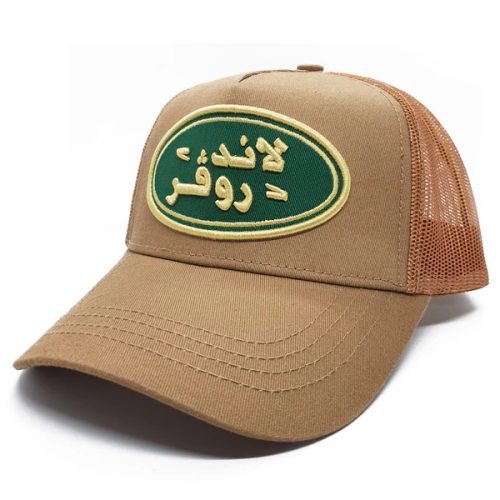
Arabic abjad or Fusha abjad?
Second step (or rather first, because it was this that led me to delve into the additional letters): a discussion on Facebook, this time, where someone asked for the transcription of the first name Augustin into Arabic characters. The proposed solution was to replace the G with an ayn and write ‘Aoughistine’: أوغستين . When someone suggested ݣ , the response was ‘yes, but that’s not an Arabic letter’.
So what is it then? A Martian letter? A local effort, it seems… ‘I speak classical Arabic. The rest is just local and/or regional effort’.
Once again, we come back to this monolithic view of Arabic as a language that must not adapt and for which ‘local efforts’ are to be rejected.
Arabic Unicode blocks
The question remains: how can you type these letters on a computer keyboard without having to painstakingly copy and paste them every time you need them?
That’s what I started doing, but after a third of the article, I got really fed up.
I had already explained how to install an Arabic keyboard on your PC (sorry to Apple fans…), but which one? No Arabic keyboard contains all the additional letters used in Morocco. This is because they belong to different ‘unicode blocks’, i.e. different subsets of characters.
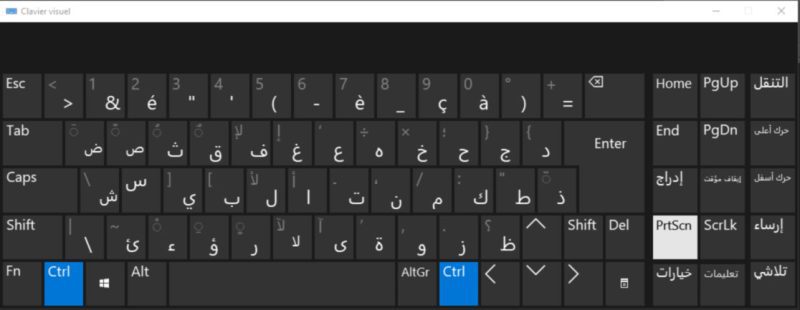
After installing the various Arabic fonts that allow me to type these letters on a virtual keyboard, I decided to create my own ‘Extended Moroccan’ virtual keyboard, and I will explain here how to do it.
 A typo or syntax error? You can select the text and hit Ctrl+Enter to send us a message. Thank you! If this post interested you, maybe you can also leave a comment. We'd love to exchange with you !
A typo or syntax error? You can select the text and hit Ctrl+Enter to send us a message. Thank you! If this post interested you, maybe you can also leave a comment. We'd love to exchange with you !

